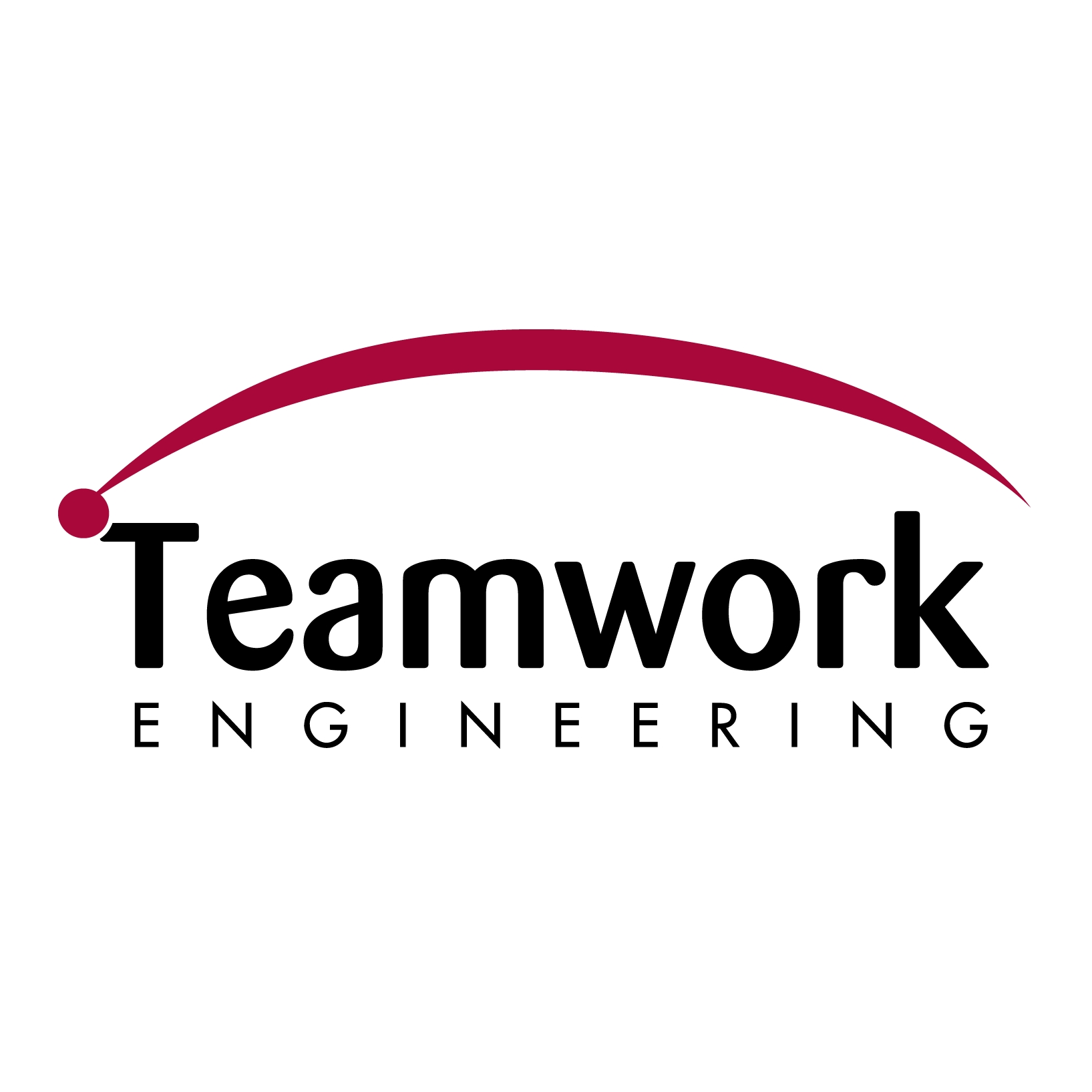5 ways digitalisation transforms industrial processes
The industrial sector is undergoing a significant transformation, thanks to the advent of digitalisation. This shift is not just about adopting new technologies; it's about revolutionizing the way businesses operate, innovate, and deliver value. Digitalisation is the integration of digital technologies into everyday business processes, and it's reshaping the landscape of industrial operations.
Digitalisation refers to the use of digital technologies and data to change business models and provide new revenue and value-producing opportunities. It is the process of moving to a digital business.
For industrial businesses, digitalisation means increased efficiency, better data analysis, and more agile production processes. It's a critical step for companies that want to remain competitive in a rapidly evolving market.
1. Enhanced Efficiency and Productivity
One of the most immediate benefits of digitalisation is the automation of repetitive tasks. This not only speeds up production but also reduces the likelihood of human error, leading to more consistent and reliable output.
Through digital tools, workflow management becomes more streamlined, allowing for better coordination between different departments and faster completion of projects.
2. Improved Data Analysis and Decision Making
With sensors and IoT devices, industries can collect data in real-time, providing insights into every aspect of the manufacturing process. This data is crucial for making informed decisions quickly.
Advanced analytics and artificial intelligence (AI) can process this data to identify patterns, predict outcomes, and suggest optimizations, leading to smarter decision-making.
3. Increased Flexibility and Scalability
Digitalisation enables the implementation of modular systems and agile practices, which means businesses can scale up or down with ease, adapting to market demands without significant downtime or cost.
Being able to quickly adapt to market changes is essential for survival in today's fast-paced business environment, and digitalisation provides the tools to do just that.
4. Better Quality Control and Compliance
Automated quality assurance systems ensure that products meet the required standards consistently, which is vital for maintaining brand reputation and customer trust.
Digital tools help in maintaining thorough records and ensuring compliance with industry regulations, which is critical for avoiding costly fines and legal issues.
5. Enhanced Customer Experience and Service
Digitalisation allows for greater customization and personalization of products, which can lead to increased customer satisfaction and loyalty.
With integrated customer support platforms, businesses can provide timely and effective service, further enhancing the customer experience.






Comments (0)